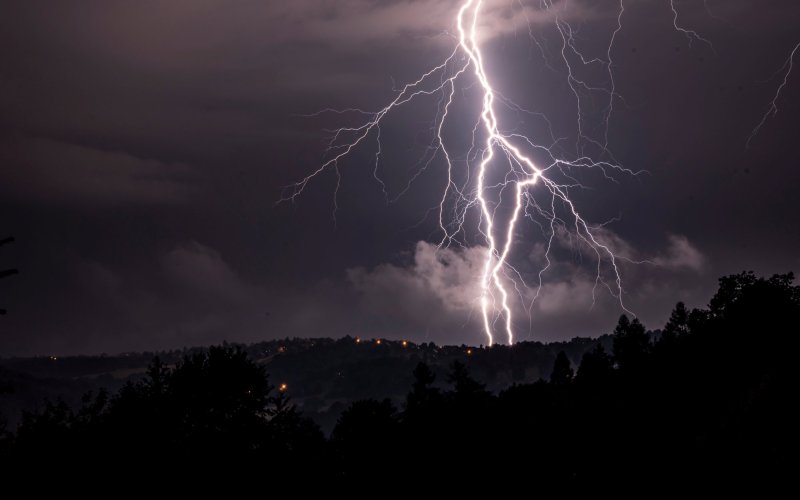In general, energy that we can’t use turns into heat and that’s what happens with lightning energy. It is necessary to realize that lightning is actually a slightly stronger example of an electric current (we call it an electric discharge) and therefore the same applies to it as, for example, to an electric kettle, a light bulb or a washing machine. To conduct electricity, we must have a voltage source (positive and negative poles, which in the case of lightning are the clouds and the ground), a conductor and an appliance. In the case of lightning, the conductor and the appliance are the same — the air. Due to the high voltage, the air becomes conductive and an electric current passes through it. In an electric kettle, the electric current is used to increase the temperature and the air (and possibly other materials through which the discharge passes) is also heated up rapidly. As the air heats up to a very high temperature (up to 30,000 °C), visible light (which is lightning) begins to be emitted. As there is a rapid transfer of charge between the clouds and the ground, the voltage also drops rapidly and the discharge stops within about 1 ms. During such a small moment, around 1 GJ (Gigajoule) of energy is released into the surroundings in the form of heat (and partly also in the form of light) — with this energy, we would brew approximately 12,000 cups of tea/coffee.
Want to ask something?
Send us an e-mail with the subject “Physics mysteries” to the address:
We can't wait to tackle your interesting questions!





